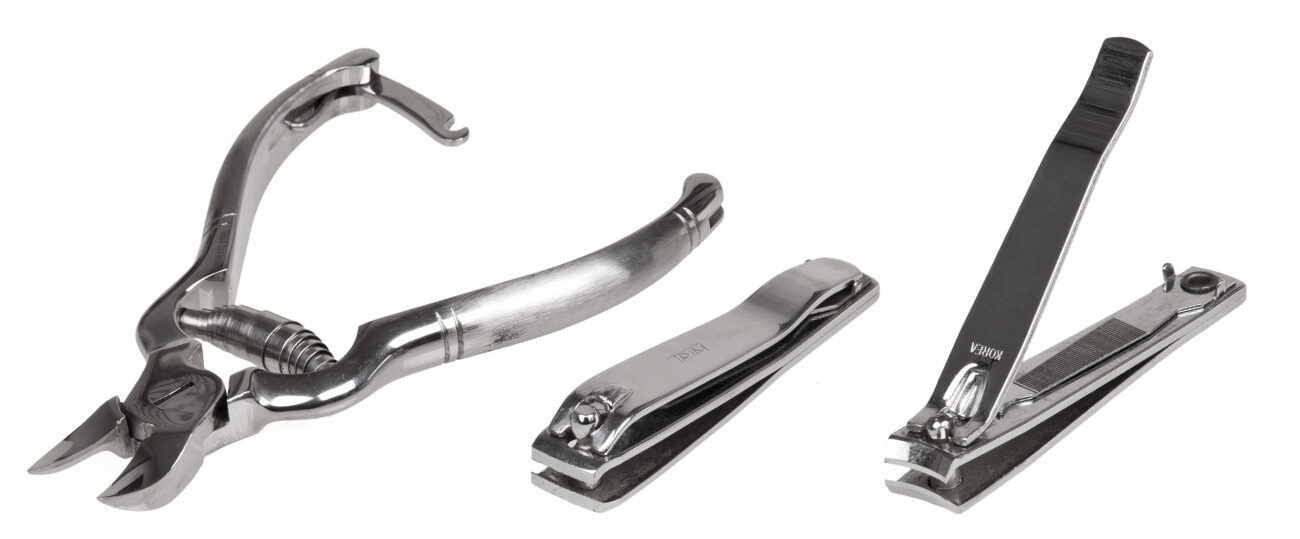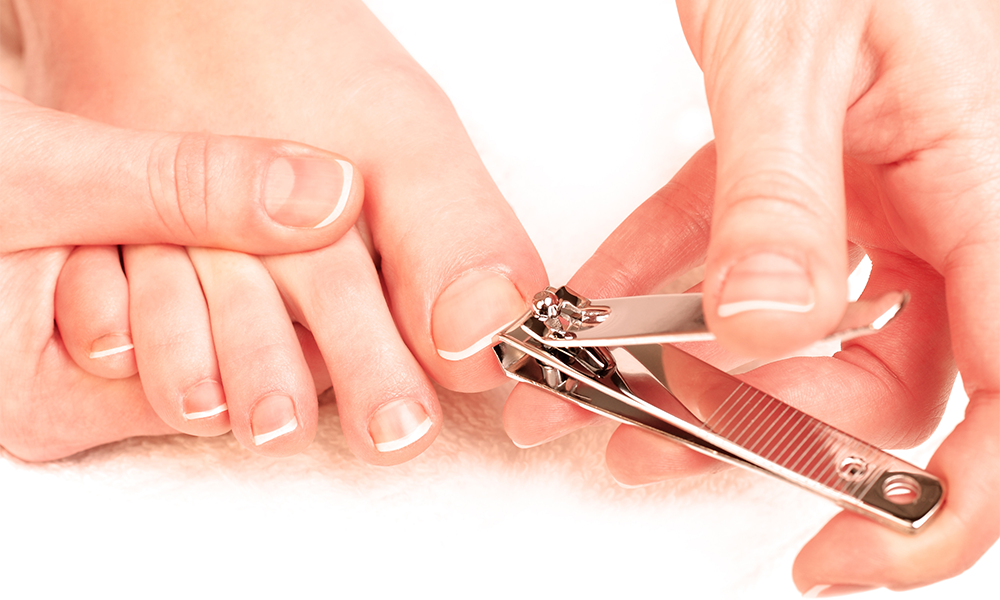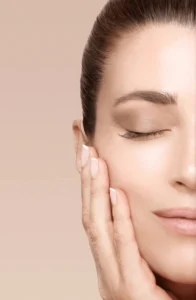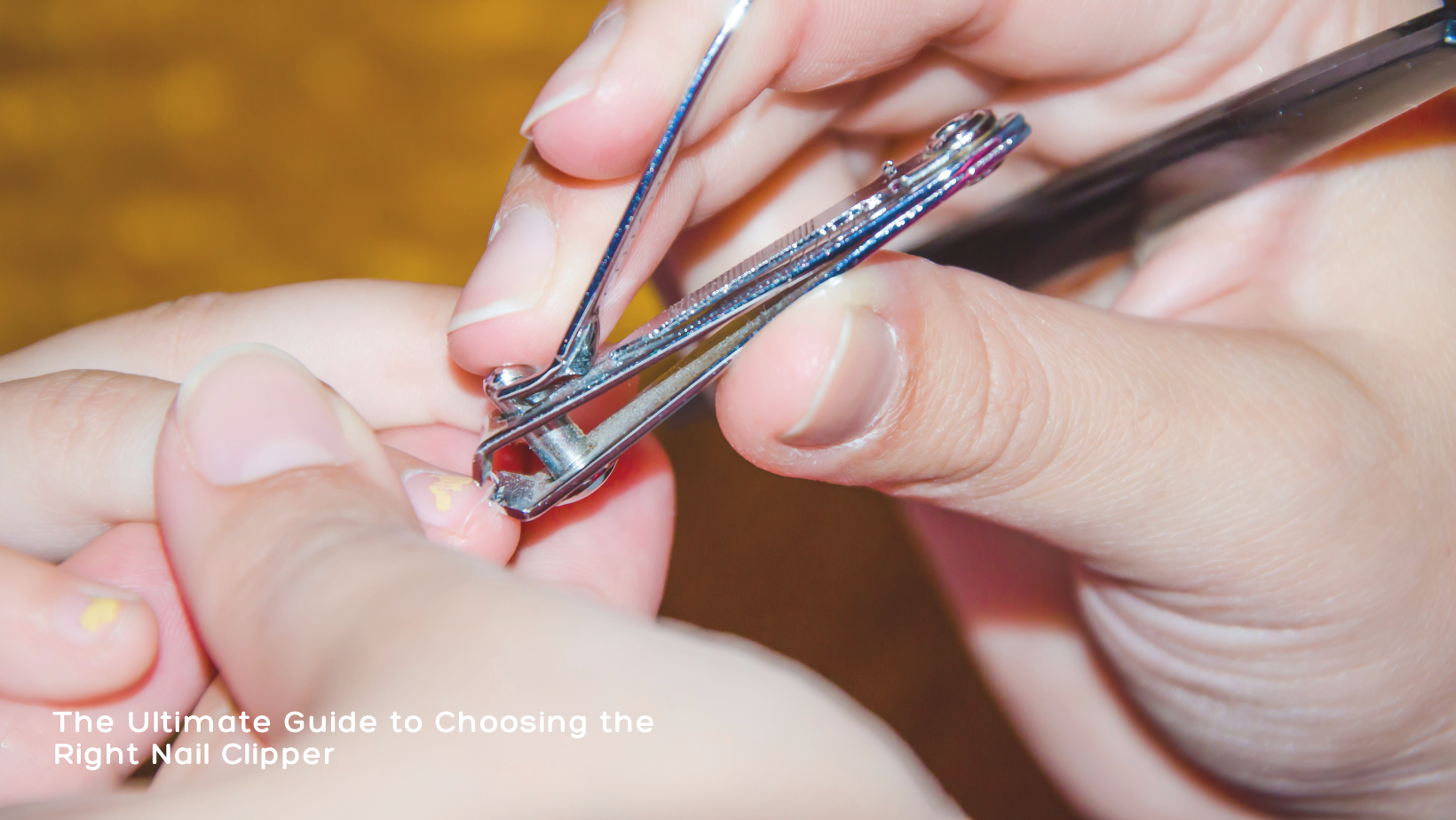Introduction
Nail care is an essential aspect of personal grooming, and having the right tools can make all the difference. Among the most fundamental tools in every grooming kit is the nail clipper. This seemingly simple device plays a crucial role in maintaining healthy, clean, and well-shaped nails. Whether you are looking for the best clippers for personal use or professional-grade options, understanding the different types, materials, and features of nail clippers will help you make an informed choice.
In this comprehensive guide, we will delve deep into the world of nail clippers, covering their history, types, benefits, how to use them properly, maintenance tips, and recommendations for the best nail clippers on the market.
The History of Nail Clippers
Before modern nail clippers became widely available, people used a variety of tools such as knives, scissors, and even their own teeth to keep their nails trimmed. The first patented nail clipper was designed in the late 19th century, revolutionizing the way people groom their nails. Over time, advancements in materials and technology have led to the creation of precision-engineered clippers with ergonomic designs, ensuring both safety and efficiency.

Types of Nail Clippers
There are several types of nail clippers, each serving a specific purpose. Below are the most common ones:
1. Standard Lever-Type Nail Clippers
This is the most common type found in households. It consists of a lever mechanism that applies pressure to a curved or straight blade, cutting the nail cleanly. They are compact, easy to use, and suitable for both fingernails and toenails.
2. Guillotine Nail Clippers
These clippers feature a circular cutting blade that slides across the nail when pressure is applied. They are primarily used for pet grooming, but some variations are available for human use, particularly for thick or tough nails.
3. Scissor-Type Nail Clippers
As the name suggests, these clippers resemble scissors but have a curved design for precision cutting. They provide better control and are ideal for individuals with weak or brittle nails, as they exert less pressure than lever-type clippers.
4. Electric Nail Clippers
For those looking for an effortless experience, electric nail clippers are an excellent option. These devices use rotating blades or grinders to trim nails smoothly. They are particularly useful for individuals with limited dexterity, such as seniors or people with arthritis.
5. Toenail Clippers
Toenail clippers are often larger and sturdier than fingernail clippers, designed to handle the thickness of toenails. Some models feature a straight blade to help prevent ingrown toenails.
6. Professional or Medical-Grade Clippers
These clippers are used by podiatrists and nail technicians. They are made from high-quality stainless steel and are designed for precision cutting, especially for thick, fungal, or ingrown nails.
Key Features to Look for in Nail Clippers
Choosing the right nail clipper depends on various factors. Here are some essential features to consider:
1. Material
Opt for stainless steel clippers as they are durable, rust-resistant, and easy to clean.
2. Blade Sharpness
Sharp blades ensure a clean cut, reducing the chances of nail splitting or tearing.
3. Ergonomic Design
Look for clippers with a comfortable grip and non-slip handles to enhance control and prevent accidents.
4. Portability
Compact designs with a built-in nail file or storage case are ideal for travel or everyday use.
5. Safety Features
Some clippers come with safety guards to prevent cutting too deep, which is beneficial for children and seniors.

How to Use Nail Clippers Properly
Proper nail clipping technique is essential to maintain healthy nails and prevent common problems such as ingrown nails or infections. Follow these steps:
- Start with Clean, Dry Nails: Wash your hands and feet to remove dirt and bacteria.
- Use the Right Clippers: Choose the appropriate clipper for fingernails or toenails.
- Cut in Small Sections: Avoid cutting the entire nail in one go; instead, make small, even trims.
- Follow the Natural Shape: Cut fingernails with a slight curve and toenails straight across to prevent ingrown nails.
- File Rough Edges: Use a nail file to smooth out any rough edges and prevent snagging.
- Moisturize After Clipping: Apply lotion or cuticle oil to keep nails and surrounding skin hydrated.
Maintenance and Care for Nail Clippers
To extend the life of your nail clippers and maintain hygiene, follow these care tips:
- Clean After Each Use: Wipe clippers with alcohol or soap and water.
- Disinfect Regularly: Soak in rubbing alcohol or hydrogen peroxide to eliminate bacteria.
- Keep Dry: Store in a dry place to prevent rusting.
- Sharpen Blades When Needed: Use a sharpening tool or replace dull clippers for a precise cut.
Common Nail Clipping Mistakes to Avoid
Avoid these common mistakes to keep your nails healthy and strong:
- Cutting Nails Too Short: This can expose sensitive skin and lead to pain or infections.
- Using Dull Clippers: Dull blades can cause jagged cuts and nail splitting.
- Ignoring Cleanliness: Sharing unclean clippers can spread fungal infections.
- Rushing the Process: Take your time to ensure a neat and safe trim.

Best Nail Clippers on the Market
Here are some top-rated nail clippers based on quality, durability, and user reviews:
1. Seki Edge Stainless Steel Nail Clippers
- Made in Japan with ultra-sharp blades.
- Ergonomic design for precise cutting.
2. Tweezerman Deluxe Nail Clipper Set
- Includes both fingernail and toenail clippers.
- Sharp and durable stainless steel.
3. Harperton Nail Clippers Set
- Professional-grade with a strong grip.
- Ideal for thick nails.
4. Green Bell G-1008 Nail Clippers
- Crafted with Japanese craftsmanship.
- Razor-sharp edges for effortless cutting.
Conclusion
A good-quality nail clipper is an essential tool for maintaining healthy, well-groomed nails. Whether you prefer traditional lever-type clippers, professional-grade options, or high-tech electric models, choosing the right clipper based on your needs ensures a comfortable and efficient trimming experience. By following proper nail clipping techniques and maintenance tips, you can achieve perfectly manicured nails effortlessly.
Invest in a high-quality nail clipper today and take the first step towards impeccable nail care!












